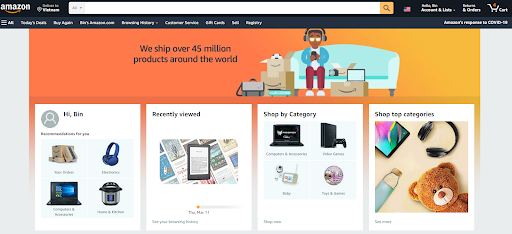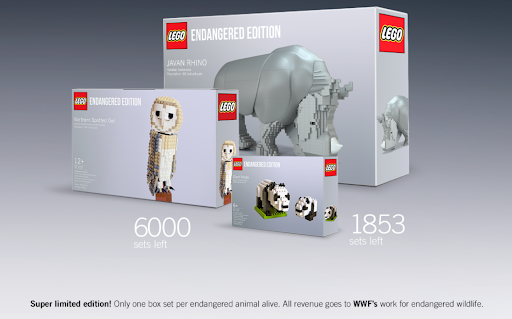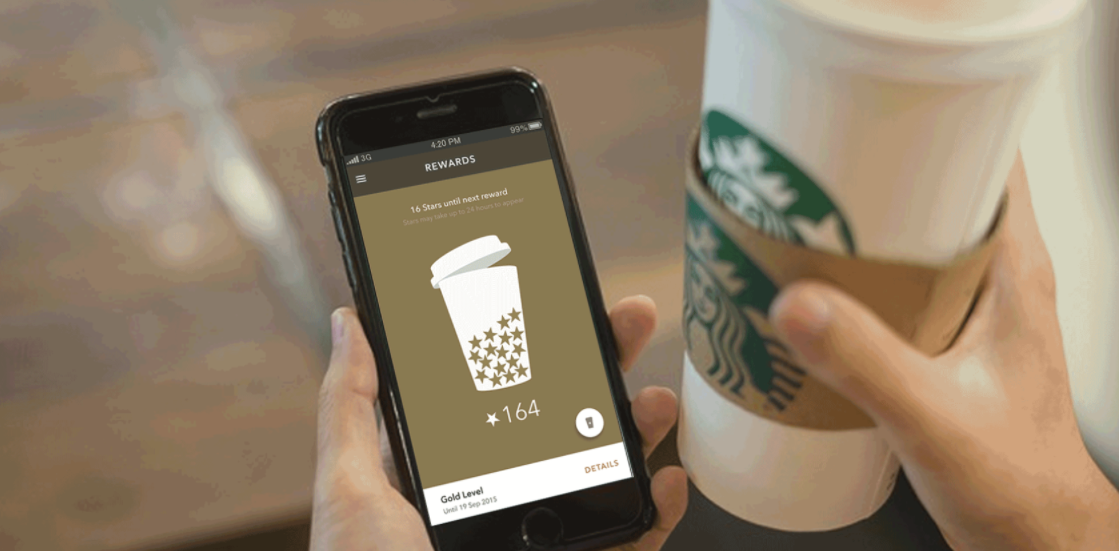Undoubtedly, there is a direct correlation between a business’s revenue and customer acquisition.
Normally, most businesses will want to focus on acquiring and expanding their customer base in the early stage of development. However, the secret of success and sustainable growth lies in customer retention, not acquisition.
This post takes you through the most important aspects of customer retention, especially crucial factors affecting the success of your customer retention strategy and business growth
What is Customer Retention?

Typically, it takes businesses a lot of time and effort (and even money) to make their products or services to new customers through various marketing activities. Therefore, it makes sense that businesses will want to hold on to them.
This is when customer retention comes to help!
Simply put, customer retention is a series of activities a company implements to:
- Turn customers into repeat buyers and improve the business’s customer repurchase rate
- Prevent the existing customers from switching to a competitor
- Ultimately, enhance the profitability the business possibly gain from each customer
Customer retention focuses on helping businesses retain as many customers as possible (typically through customer loyalty and brand loyalty initiatives).
Recommended: Improve eStore Customer Experience & Retention with Customer Management Pack
Under the win-win perspective, merchants will provide more value for their existing customer base, in exchange, get more benefits from them in the long-run.
Why does Customer Retention Matter to your Business?
Most businesses invest thousands of dollars in customer acquisition since they take it as the fastest and most effective way of boosting their bottom line. However, that’s not always the case.
Yes, customer acquisition does matter during any business’s development progress, especially in the early stages. Still, customer retention is the key to thriving a business.
Customer Retention vs. Business Growth
Customer retention has a strong relationship with a business’s sustainability since it mentions 3 crucial aspects of a business:
- The loyalty and satisfaction level your existing customers feel about your business
- The actual performance of your customer service. Whether it satisfies and meets customers’ expectations?
- Unsolved red flags that possible turn off potential customers
According to Invesp, customer retention is beneficial for businesses due to:
- Lower cost in comparison to customer acquisition – Acquiring new customers costs 5 times more than building relationships with existing ones
- Get sustainable profit increase – The profitability of an existing customer is 60-70% while this figure of new customers is only 5-20%. Plus, existing customers are expected to try new products and spend 31% more compared to new ones
- A strong foundation for brand loyalty – Customer loyalty strategy and customer retention differ in the final goals. However, they’re the same in essence. Both need to deliver more added to the customers and increase user experience
Customer Retention vs. Customer Loyalty
As mentioned above, customer retention usually is the first step in the progress of building customer loyalty. Still, many people use these 2 terms interchangeably.
A mistaken understanding of customer retention and customer loyalty can lead to inappropriate actions, causing unwanted results.
Basically:
- A retained customer is convinced to buy from you again. However, they might switch to another brand once the time comes
- A loyal customer has a strong positive emotion with your brand, which make them buy from you several times or even encourage others to do the same (a brand’s ambassador)
It can be said that a customer who continues to do business with your brand can be a retained one but not necessarily loyal. Thus, their loyalty to your brand is at risk.
7 Factors That Affect Customer Retention and Loyalty
As mentioned above, retained customers are those who were brought from you once and are at high risk of switching to other competitors when the chance comes.
There are various factors influencing customers’ purchase decisions. Still, for retaining “first-time customers,” you need more than special offers on a brand’s products for repeat purchases.
1. Focus on Personalization
According to Accenture, 91% of consumers are more likely to do business with brands that recognize, remember, and offer them relevant recommendations.
When you think of yourself as a consumer, you know that not every purchase decision is rational, but primarily emotions. Then, personalized shopping experiences are the key that retains customers.
In other words, consumers tend to come back to brands that heard their needs and understand just what they’re looking for.
Amazon, for instance. This eCommerce giant:
- Gives users recommendations based on their preferences and behavior (Auto Related Product)
- Offer personalized search results for each keyword (Elastic Search)
- Personalize content for emails and notifications sent to customers (Push Notifications)

Since Amazon does its best at knowing what you like, consumers keep coming back to use their service.
2. Corporate Social Responsibility (CSR)
Corporate social responsibility (CSR) is incredibly beneficial when your business operates in a way that showcases social responsibility. These days, customers are increasingly aware of these issues and actively seek products from brands that incorporate ethically.
Thus, by committing yourself to ethical practices or environmental issues, you can:
- Improve brand’s public image in customers’ eyes
- Enhance brand awareness and recognition with positive images
- Better stand out from competitors
Consumers don’t like businesses that put their sole focus on maximizing profits. In contrast, they prefer those who genuinely care about broader social issues and lookout to make the world a better place. Demonstrating yourself as what consumers like will attract those who share the same values.
A great example of a mission-driven company is Lego. This Danish brand successfully built a coherent story-line with its values of education and remarkable contributions to society.

For instance, Lego cooperated with the World Wildlife Fund (WWF) and committed to reducing its carbon footprint by 2030. They even launched a series of very limited edition box sets, called LEGO Endangered Editions.
3. Customer Experience
Obviously, those customers who believe your offering is an absolute bargain (in terms of product quality and price) will be much more likely to stay with your brand.
In the big picture, customers’ satisfaction level during the purchase process can significantly influence their final decision: Whether to do business with this brand in the future?
A superior customer experience creates the necessary trust for your customers to come back and keep engaged with you. So make sure you invest time and effort into the entire customer journey to meet their expectations, and it’s only a matter of time until you see positive results.
4. Engaging through Content
Creating engaging content is always a challenging issue for businesses in the digital age. A company can’t communicate its messages and persuades customers to repurchase without content.
Targeted content is indispensable to keep your customers engaged after making a purchase. This is an opportunity for businesses to motivate repeat customers.
2 types of content to target repeat customers:
- Educational content: Allow you to bring more informative value (the ins and outs of your products) to the “first-time” shoppers, hence empowering the relationship of customers towards the brand
- Promotional content: Create the incentives exclusively for attracting repeat customers, for instance: “Get 10% off for the upcoming purchases”
No matter which ways you choose to engage customers, your final goal is to strengthen your brand’s presence on their minds. Most importantly, make your brand come up in a shopper’s consideration list when your product’s in demand.
5. Excellent Customer Service
96% of unsatisfied customers don’t complain, but 91% leave and never return. A scenario no business wishes to meet.
However, 95% of customers who had an unpleasant experience are willing to give a brand a second chance if their issue has been dealt with.
Excellent customer service is a game-changer in all cases that strengthen the relationship and retain customers in the long run. Consumers are likely to come back and spend time with the brands that provide top-notch customer service.
6. High Switching Cost
There are several strategies a business can use to earn loyal customers; for instance, loyalty reward programs are the most common ones. Still, another strategy that’s effective in retaining buyers is a high switching barrier.
Switching costs are the costs a consumer incurs as a result of switching to a competitor. A successful customer retention strategy will make customers incur high switching costs. This prevents them from switching to a competitor’s product or service.
However, if your product quality significantly deteriorates, high switching costs might not work, and customers still move on to one of your competitors.
7. Customer loyalty programs
One classic way that today’s businesses use to earn repeat customers is to start a loyalty program. A well-developed reward system can:
- Add more value to existing customers in the long run
- A great start for the business to keep in touch with customers after the first purchase
- Make your existing customers more loyal and satisfied once they believe in getting more benefits than just the product
Furthermore, not only do your loyal customer programs encourage repeat purchase behavior, but it also influences positively on the average transaction size.

Take, for instance, Starbuck! We’re too familiar with how this brand runs its loyalty program. Via the Starbucks Rewards app, customers can:
- Place orders directly from the app before getting to the cafe
- Earn “Stars” with each purchase and redeem rewards (free top-ups or free drinks, align with different personalized gifts) via the app effortlessly
- Earn bonus start by playing the games right in the app and many more
The Starbuck app delivers flexibility and convenience to the members and various compelling benefits that encourage them to repeat purchases and interactions.
Up to 77% of customers are motivated successfully to join a loyalty program if the benefits are clearly communicated. That’s how Starbucks has been doing over the years.
For practice, you can start by building your own loyalty program using a Loyalty Program extension, which supports you in creating and delivering multiple exclusive discounts for loyal shoppers.
The bottom line!
Acquisition creates a foundation of customers, while your retention strategy is how you strengthen customer relationships and maximize revenue for each one.
Still, the process of retaining your customers doesn’t happen overnight. It requires time and effort for modern businesses to earn repeat customers.

